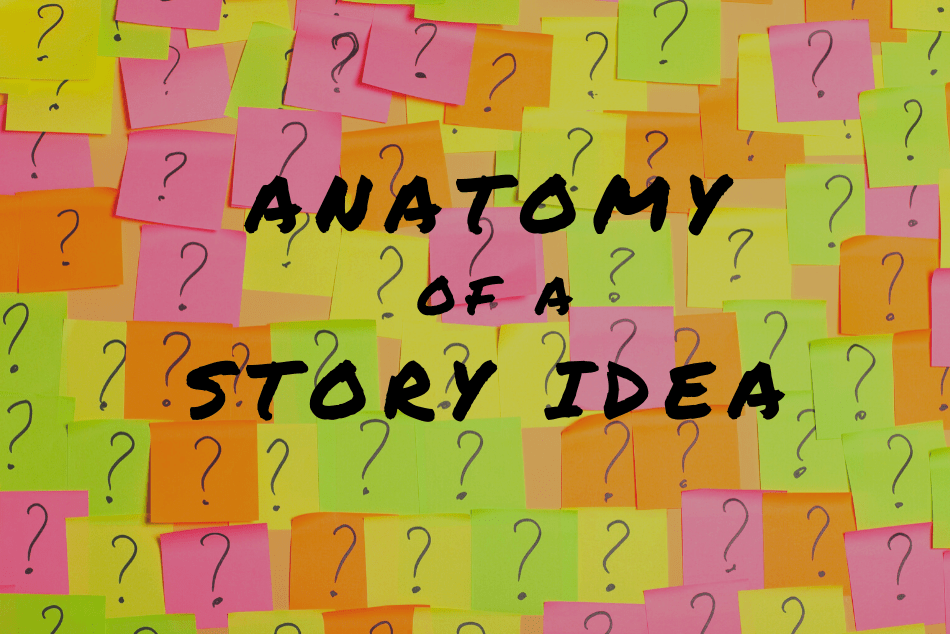“Where do you get your ideas?” That’s the question readers always ask writers, and most of the time I can fake it as well as the next author.
As well I should, because ideas are a writer’s currency. A story is only as good as the idea on which it’s based. But coming up with a story-worthy idea that can sustain a 400-page narrative is hard enough; add in the demand for high-concept plots in today’s tough marketplace and the challenge becomes all the more difficult.
I know, I know, there are writers who say they won’t live long enough to write all the wonderful story ideas they have. They have notebooks full of jottings, boxes full of maps and brochures and news clippings, files full of research. (If that’s you, congratulations.)
And then there’s the rest of us.
WHEN THE IDEAS WON’T COME
I am reminded of this after THE HIDING PLACE, Book 3 of my Mercy Carr series, goes into production. Between the pandemic and family emergencies and my day job as an agent, I have not thought very much about my next project. But all of a sudden it is time to do so. And I am out of ideas.
I have a vague notion of a June wedding in a bucolic setting—and nothing else. I am feeling empty, as if my well has run permanently dry and there is no rain on the horizon. It’s a feeling a lot of writers are having right now, a reflection of these dangerous and depleting times.
Back to my fellow Career Authors, who remind me that it’s all about process. We each have a process of conjuring and combining, reinventing and refining the ideas we find all around us. Honoring that process is key.
TRUST YOUR PROCESS
If we trust the process, we can find our way to a new story every time. But it can be hard to do that when you’re tired and distracted and panicked.
My process usually begins with an image, and I have that image: a June wedding in a bucolic setting. But I am stuck there—and afraid that getting unstuck is something I do not have the wisdom or the playfulness or the energy to manage right now. My creativity—for what is creativity if not a wise and playful energy?—has abandoned me.
More consulting with my Career Authors pals reveals what I already know and have failed to acknowledge: That after I have an opening image in mind, I typically ask myself what that image tells me about theme. (I should confess here that I wrote an entire book about how to plot a novel; PLOT PERFECT is a theme-based approach to plot. Apparently, I should reread it.)
THE THEME’S THE THING
When it comes to theme, weddings are easy enough: Weddings are all about love and loyalty, kin and commitment, hope and happiness, for better or worse. These themes suggest plot and sub-plots, heroes and heroines, family, friends, and foes.
Time to play around with these suggestions, knowing that since I write crime fiction, there should be as much worse as better, if not more. I jot down notes for scenes and characters and settings on index cards, willy-nilly, as they occur to me. Then I arrange the cards in a sort of order that will undoubtedly change but at least gives me a rough route through the new story land I am about to explore.
I know what I need to do next, because I’m honoring my process now, such as it is. I search for an epigraph—I am inordinately fond of epigraphs—that encapsulates the story I am about to tell. I open a new Word doc, name it “WIP 2020,” and type out that epigraph on the first page.
And I’m off….
What’s your process? How do you make your way from vague notion to story idea to words on the page? Let’s talk on Facebook….





